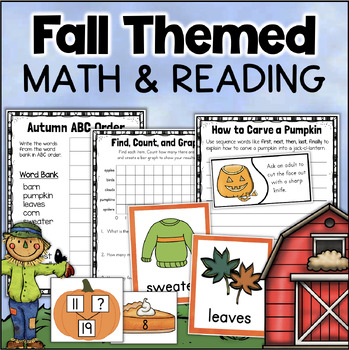Peel, core, and slice about 12 apples (whatever will fit in your crock pot). Add 1/4 cup water. Turn the crock pot to low, cover, and let cook all day. Check periodically to make sure the apples aren't sticking. They will make their own water, so I've never had an issue with this. An hour before you plan to serve the applesauce, check to see how soft they are. If still firm, turn the crock pot up to high.
When the apples are soft and you're ready to eat, turn off the heat, pour off a little of the water if the apples made too much, and stir in 1/4 cup sugar. If you used tart apples, you might want to add a little more. Sprinkle in a little cinnamon, too. I never measure this. I just add it to my personal taste. I've noticed that with second graders, less cinnamon is better than more. To make the applesauce extra special, you can also add a few drops of vanilla extract. Yum!!
Another fun activity we do in the fall is Candy Corn Day. Usually sometime in October, we plan a day of activities all around the theme of candy corn. The kids rotate through centers like Candy Corn Measurement, Candy Corn Patterning, and Candy Corn Crafts. Some of these activities can be found in my Halloween Pack...
Because fall makes me so happy, I think I'll do a little giveaway! You can win my Halloween Fun Pack plus these October Calendar Cards and my Fall Fun Math & Literacy Centers...
Just enter below to win all three! Happy fall, ya'll.









